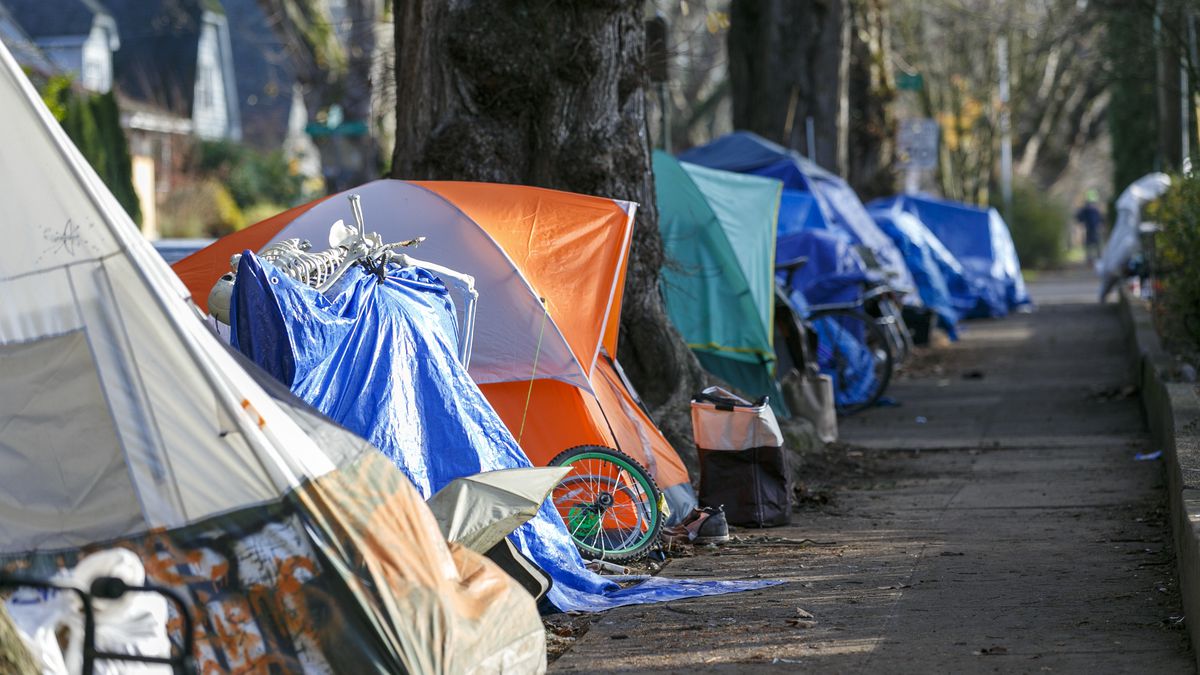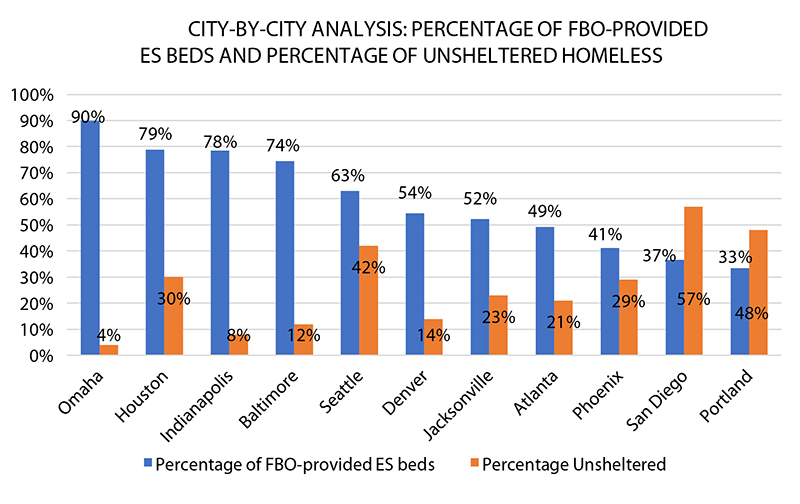Vulnerable
demographics are disproportionately facing homelessness, and it provides a clearly
visible example of fundamental equality issues. Homelessness is intrinsically
tied to other forms of diversity issues, as it is a depressingly common end
result of them. This seems verified by the disproportion of homeless demographics
to national demographics, in which particular vulnerable populations are
dramatically more likely to face homelessness.
I argue the trends in homelessness serve as a reflection for our societies' continual base difficulties in this area, like a test result. By comparing homeless demographics to state/city/nation demographics, we can determine who the system is failing.
Demographics for Portland homeless:
|
Description
|
%
|
#
|
|
Homeless people who
are in shelter
|
51%
|
1,914
|
|
Homeless people who
are unsheltered
|
49%
|
1,887
|
|
Families with children
who are homeless
|
17%
|
653
|
|
Single adults who are
homeless
|
83%
|
3,143
|
|
Adult women who are
homeless
|
30%
|
1,161
|
|
Adult men who are
homeless
|
58%
|
2,208
|
|
Youth younger than 24
who are homeless
|
6%
|
266**
|
|
Homeless people who
are older than 55
|
19%
|
704
|
|
Homeless people who
are chronically homeless
|
28%
|
1,033
|
|
Homeless people who
are disabled
|
57%
|
2,177
|
|
People of color who
are homeless
|
39%
|
1,477
|
|
Veterans who are
homeless
|
11%
|
422
|
|
Those who were
homeless for less than 6 months
|
33%
|
-
|
|
Those who were
homeless for more than 2 years
|
|
|
In
addition:
Nearly half of the women surveyed reported having been victims of domestic violence, and 67% reported having a disability.
The percentage of people surveyed who report being disabled
has not changed significantly but it remains very high (57%) and it is even
higher for certain groups (for example, 67% of women report being disabled)
Link : https://www.portlandoregon.gov/toolkit/article/56220
Compare these
numbers to a demographics survey of Portland:
Race and Hispanic Origin
White alone, percent - 75.3%
Black or African American alone, percent - 5.9%
American Indian and Alaska Native alone, percent - 0.8%
Asian alone, percent
- 8.7%
Native Hawaiian and Other Pacific Islander alone, percent - 0.7%
Two or More Races, percent
- 6.4%
Hispanic or Latino, percent
- 9.8%
White alone, not Hispanic or Latino, percent - 69.5%
Link : https://www.census.gov/quickfacts/portlandcityoregon
A simple comparison means people of color are 6 times more
likely to be homeless than whites, and Over half our homeless population is
disabled. This trend show no sign of slowing
down. Government surveys reveal:
3 fastest growing unsheltered populations: African-American adults; women; people older than 55
3 fastest growing HUD homeless
populations: African-American
adults; women; people older than 55
This is important, as demographics of homelessness provide an
exemplary and clear reflection of the result of diversity issues, and clear
proof of their presence. I would argue that the demographics of homelessness
serve as a kind of test result for who we, as a society, have chronically failed
to provide for, and a target for whom we should focus our efforts on going into
the future.
-James Guthrie











